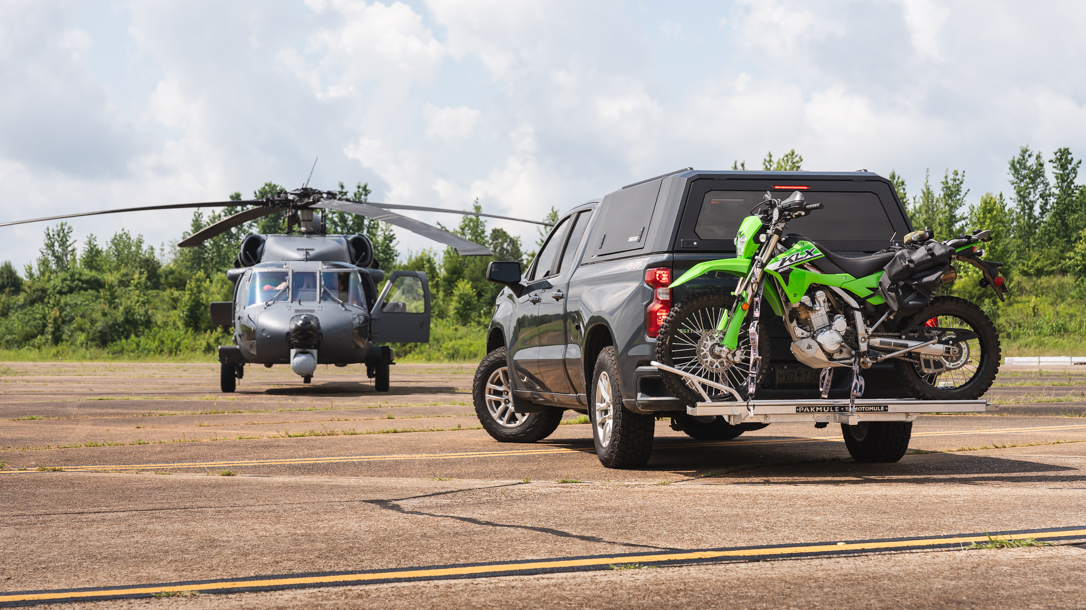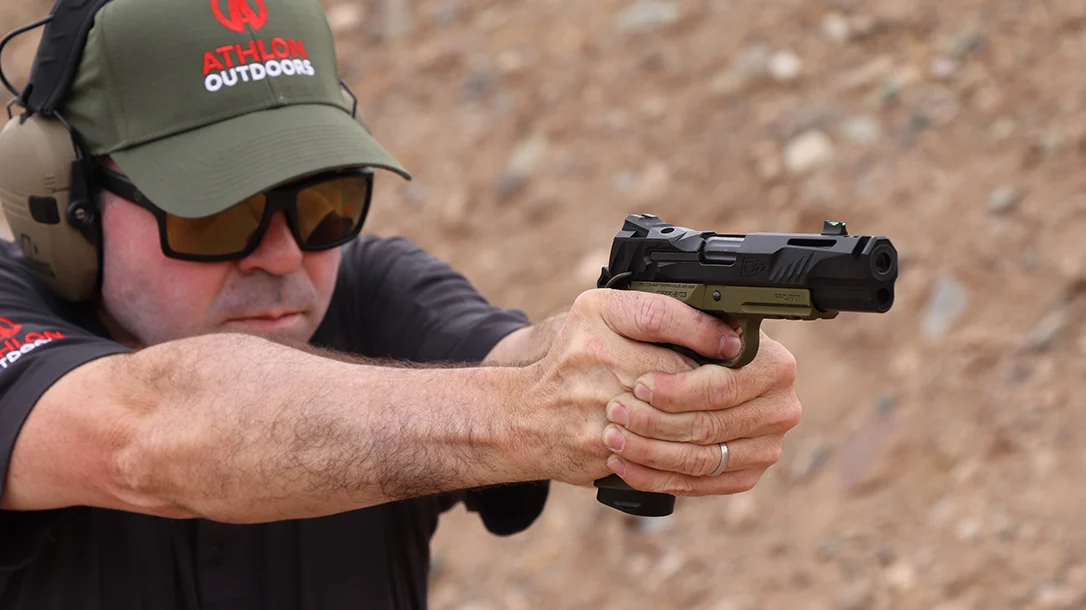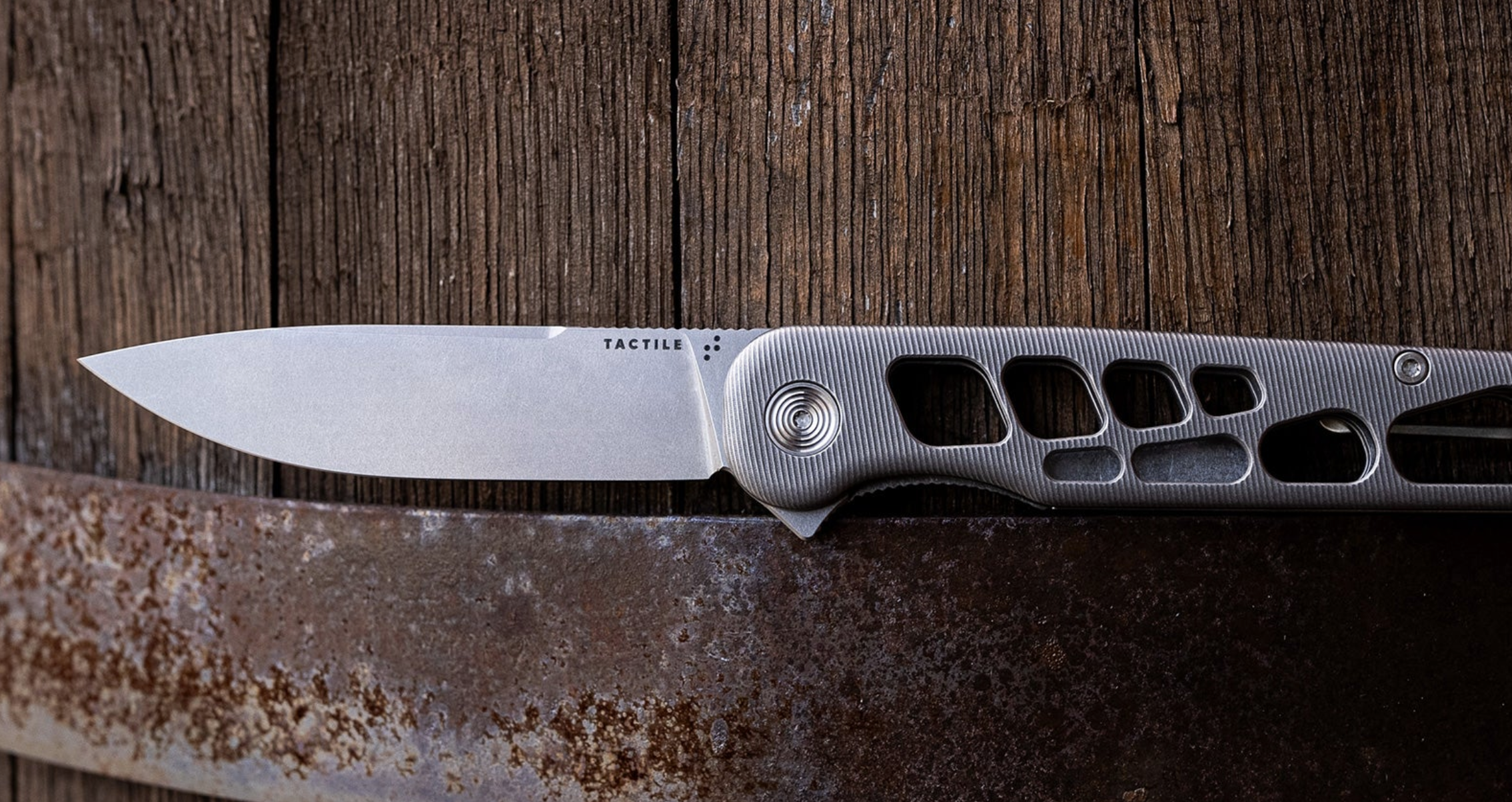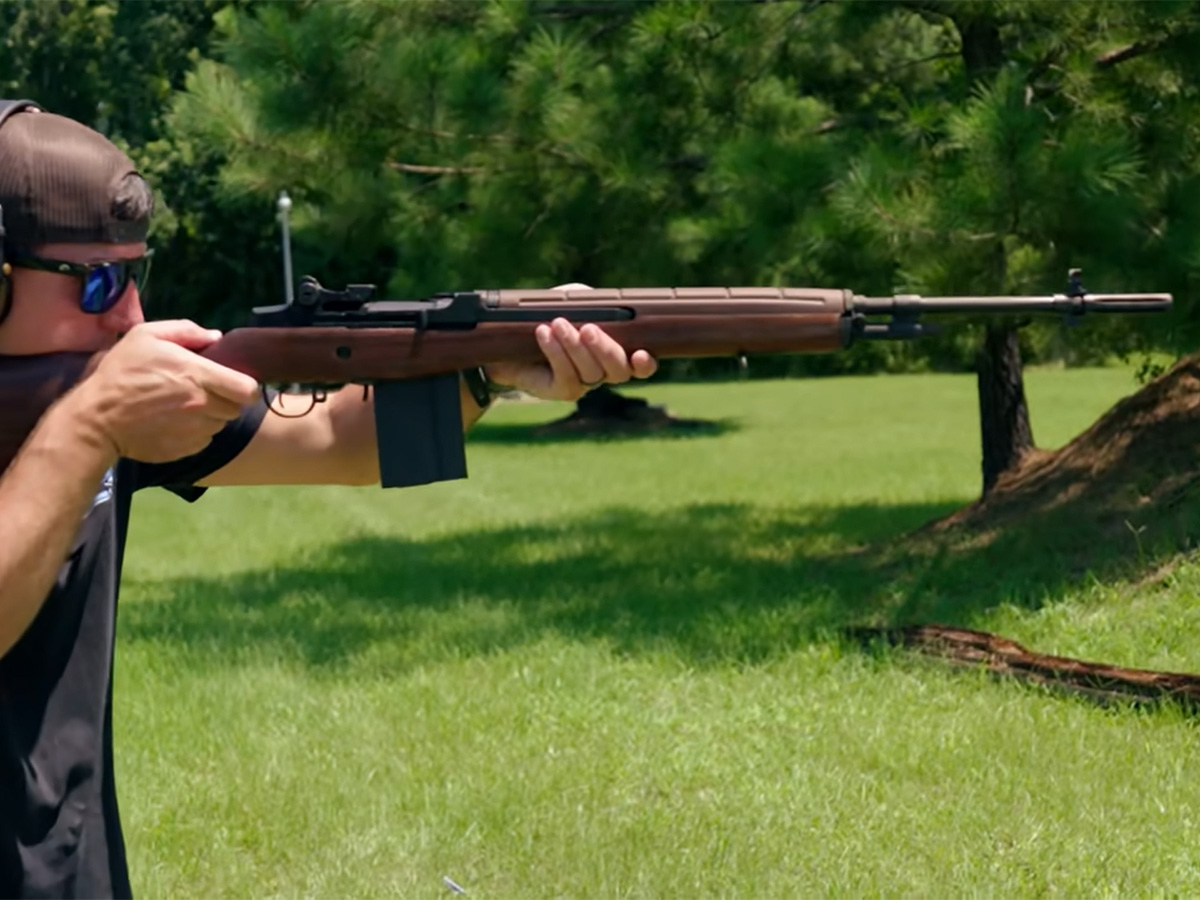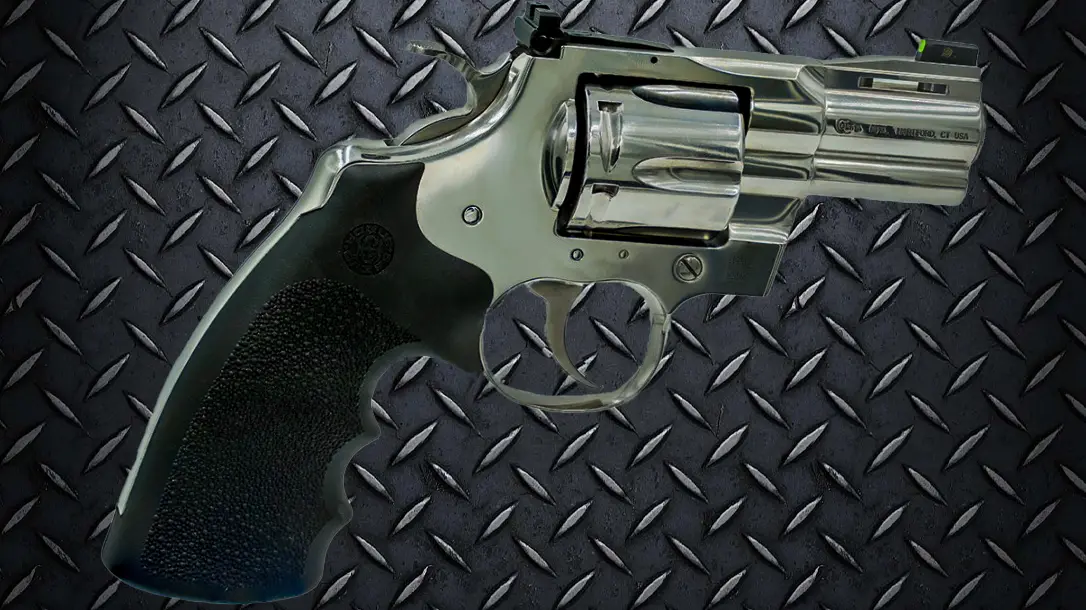Mossberg 990 Aftershock Review: Shock To The System
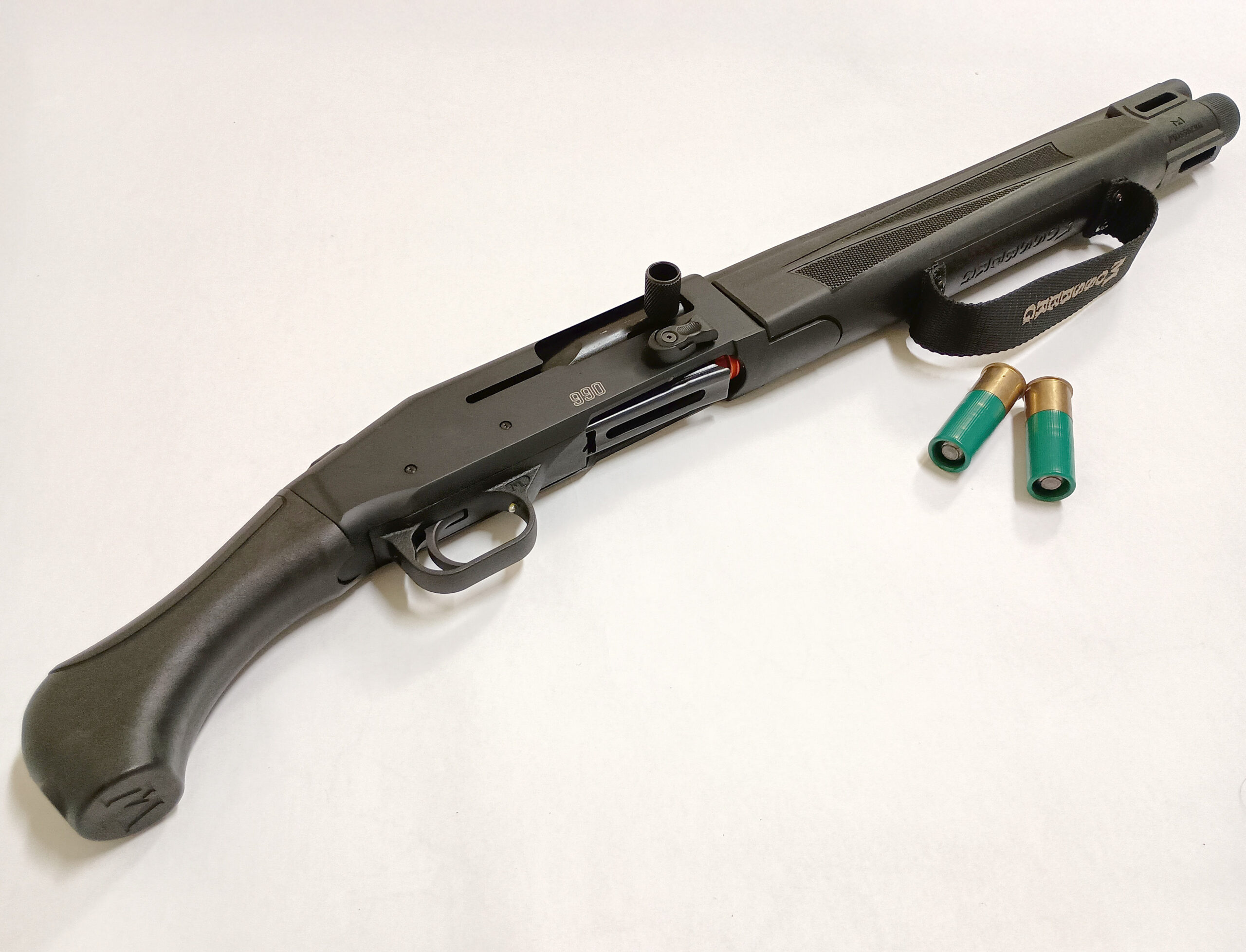
Mossberg takes its compact smoothbore semi-auto.
Since its debut in 2017, Mossberg’s short-barreled, bird’s-head grip smoothbores have sparked plenty of debate. Are they range toys? True defensive tools? Does it even matter? Because a 14-inch scattergun with serious firepower is just plain cool.
Now, Mossberg is cranking the Shock series—what the ATF classifies as “Firearms”—up to 11 with the latest evolution: the 990 Aftershock. This time, it’s built on the company’s battle-hardened 940 semi-automatic platform making it faster, harder-hitting and a lot more fun.
Wrists, beware—the 990 Aftershock is here to test your mettle. But let’s be real: a little extra wear and tear might be worth the sheer firepower packed into this compact beast.
990 Aftershock Specs

Gauge: 12
Overall Length: 27.125″
Barrel Length: 14.75″
Weight: 6.04 lbs.
Capacity: 5+1
Choke: Cylinder
MSRP: $1,120
Pros
- Proven Semi-Auto Reliability
- Enhanced Ergonomics & Controls
- Versatile Aiming Setup
Cons
- Demanding to Control
- No Direct Optic Mount
The Long Road to the Aftershock
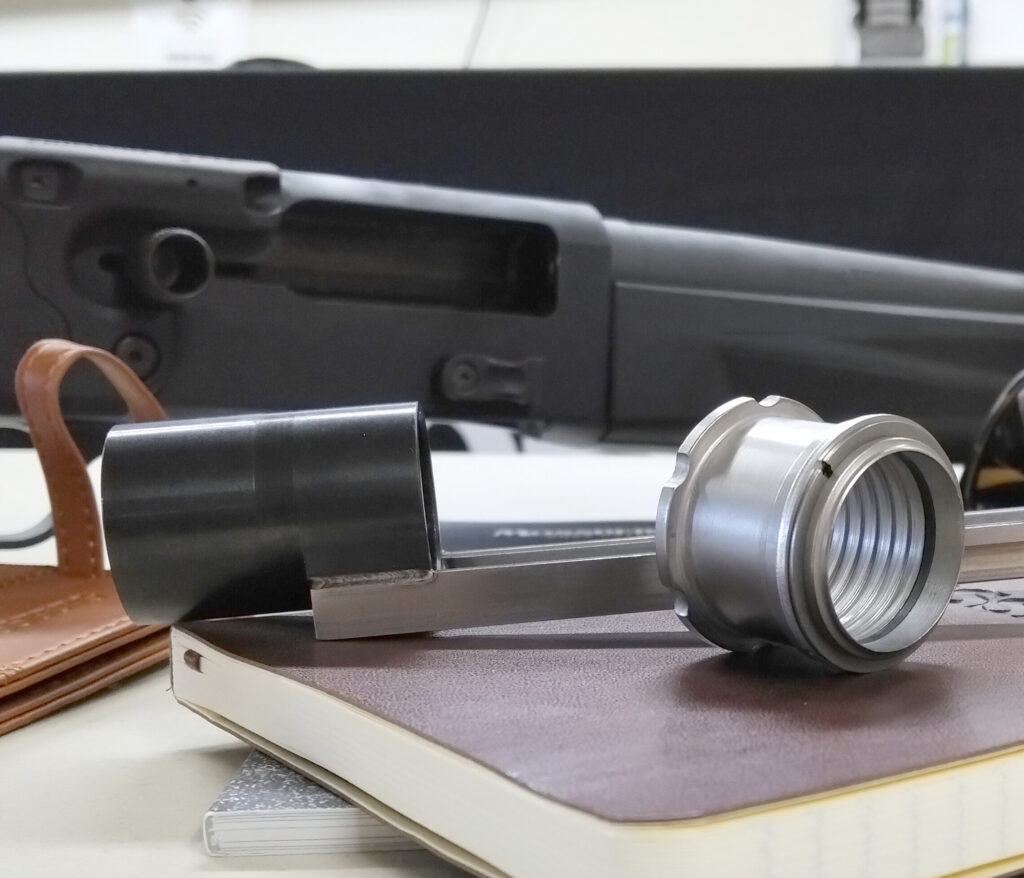

I got my hands on a 14.25-inch barreled Aftershock for testing ahead of its 2025 NRA Convention debut. But this wasn’t my first rodeo with the platform.
Back in 2022, a group of gun writers—myself included—were invited to Gunsite Academy in Arizona to test an early prototype. Those early Aftershocks felt like pre-production models—functional but unrefined. Mossberg took its time perfecting the design, ensuring that the final product wasn’t just another novelty but a legitimate defensive option.
The result? A more polished, user-friendly version of the original concept, albeit as “user-friendly” as a bird’s-head 12-gauge can be.
990 Action: The Game Changer
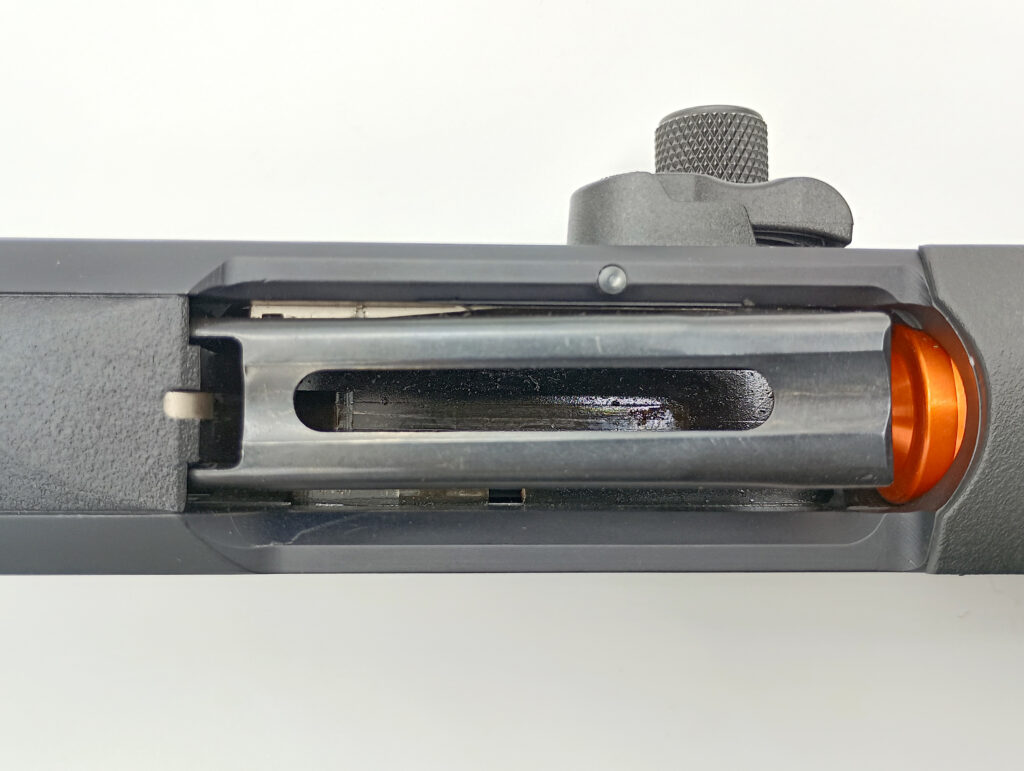

The real reason to get excited about the Aftershock? Its action. This isn’t just another semi-auto—it’s powered by Mossberg’s proven 940 gas system.
When Mossberg introduced the 940 series, it changed the game for the company’s semi-autos, which had previously struggled to gain traction. By extensively testing the 940 with high-volume shooters and refining its gas system, Mossberg created a shotgun that eats everything from light target loads to heavy magnums without a hiccup.
That same reliability is now packed into the 990 Aftershock, making it not only a blast to shoot but also surprisingly controllable. Unlike its pump-action predecessor—the 590 Shockwave, which is often fired from the hip—the 990 Aftershock is manageable enough to be fired at eye level with confidence.
Aftershock Grip: Taming the Beast
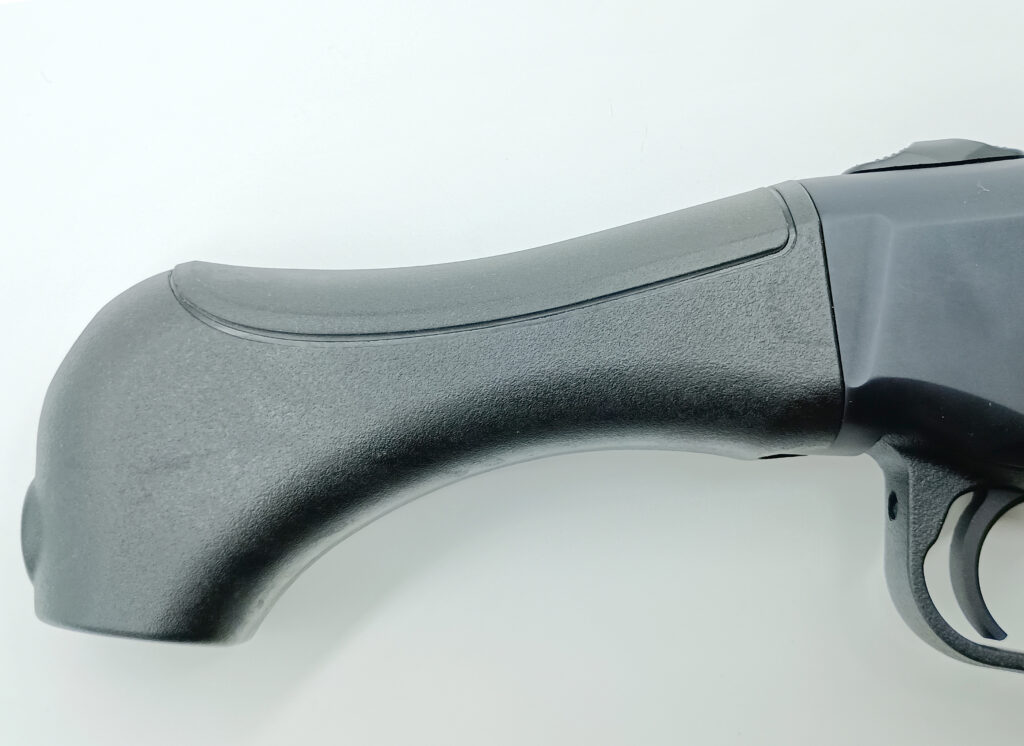

What sets the Shock series apart is its signature injection-molded bird’s-head grip. Unlike traditional pistol grips, which direct recoil straight back into your wrist (and possibly your face), the bird’s-head design angles recoil downward, making it far more manageable.
Mossberg wisely opted for a smooth grip surface with a rubber insert on the backstrap for extra friction, ensuring a secure hold without shredding your hands under recoil. Up front, the fore-end features a textured grip and a strap for added control—borrowed from Mossberg’s pump-action models.
While the strap aids in stabilizing the gun, I personally would have preferred a hand stop instead, as it would feel more natural and solid in a semi-auto platform.
Aftershock Controls: Built for Defense
Mossberg nailed the controls on the Aftershock, carrying over the battle-tested layout from the 940 Tactical. The oversized charging handle, bolt release and tang safety are all designed for quick and easy manipulation under stress. But the real standout feature is the loading system.
Mossberg widened the loading port, elongated the elevator, smoothed out the magazine follower, and removed any sharp edges on the port that might snag your thumb—making reloads lightning fast. Truth be told, I wish every shell-fed firearm had a loading gate this slick.
Upgraded Aiming System
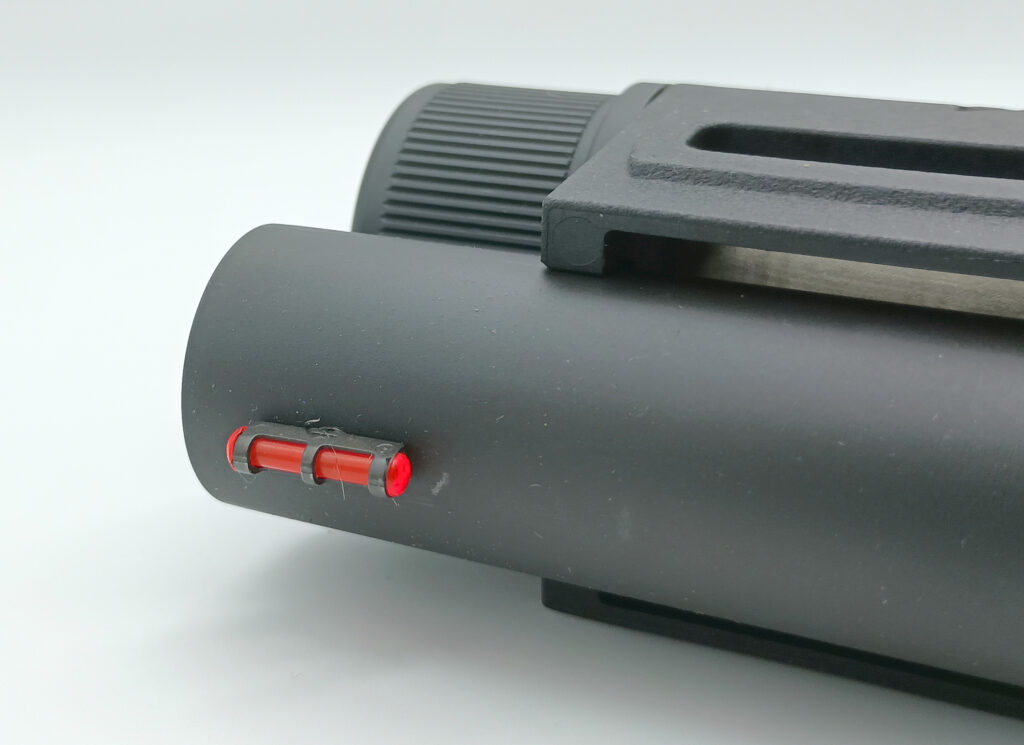

Early Aftershock prototypes were equipped with a simple brass bead sight—not ideal for a defensive firearm. Thankfully, Mossberg upgraded the commercial version with a fiber-optic bead for improved visibility.
Even better, the receiver is drilled and tapped, allowing shooters to mount a rail and optic. While I appreciate the flexibility, I would have preferred a direct optic cut, like the 940 Tactical’s RMSc footprint, for a more secure mounting solution. Given the Aftershock’s high-recoil, bump-prone nature, a milled optic mount would be a sturdier option.
At the Range with the Aftershock
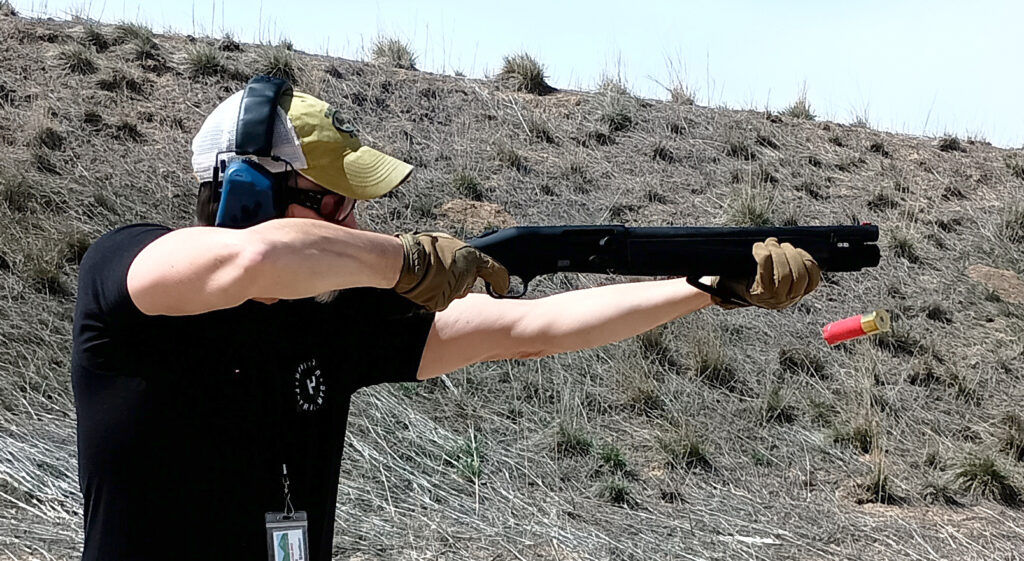

Between my time at Gunsite and my personal testing, I’ve put hundreds of rounds through the Aftershock, and it’s left a lasting impression—though not without some reservations.
First, let’s address the obvious: the Aftershock is undeniably badass. In a sea of cookie-cutter ARs and polymer handguns, this smoothbore stands out. And with its proven 940 gas system, it runs like a dream. I fed it everything from light target loads to 3-inch slugs, and it cycled flawlessly, save for two minor malfunctions within the first 20 rounds—a break-in issue that quickly resolved itself.
In terms of accuracy, the Aftershock delivers where it counts—close in.
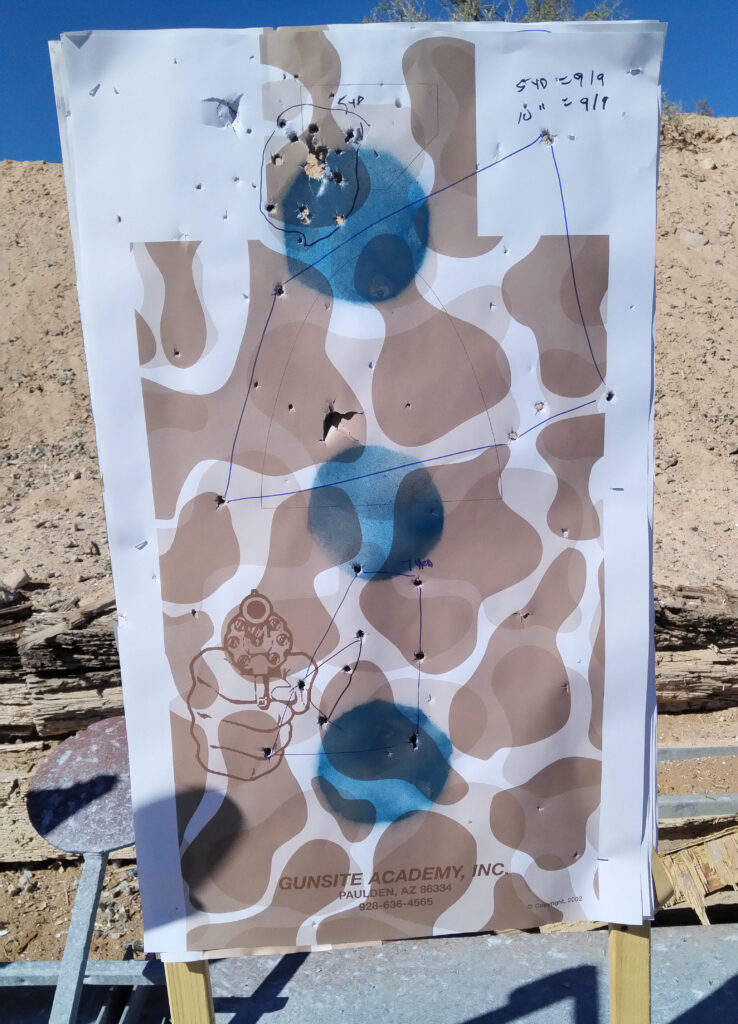

At 10 yards, Hornady Critical Defense 00 buckshot put nine out of nine pellets on target, with eight landing in center mass. Move beyond this range and the pattern loosens and hits don’t land where you want them.
As a sidenote, shooting slugs at Gunsite the Aftershock could technically hit a target at 100 yards—but it was far from a tack driver. At this distance and payload, hits were counted as anything that landed on the 18-inch by 30-inch target—including outside the silhouette.
Still, it’s impressive for a 14.25-inch barrel with a cylinder bore choke. For home defense, this precision is more than sufficient.
The Learning Curve
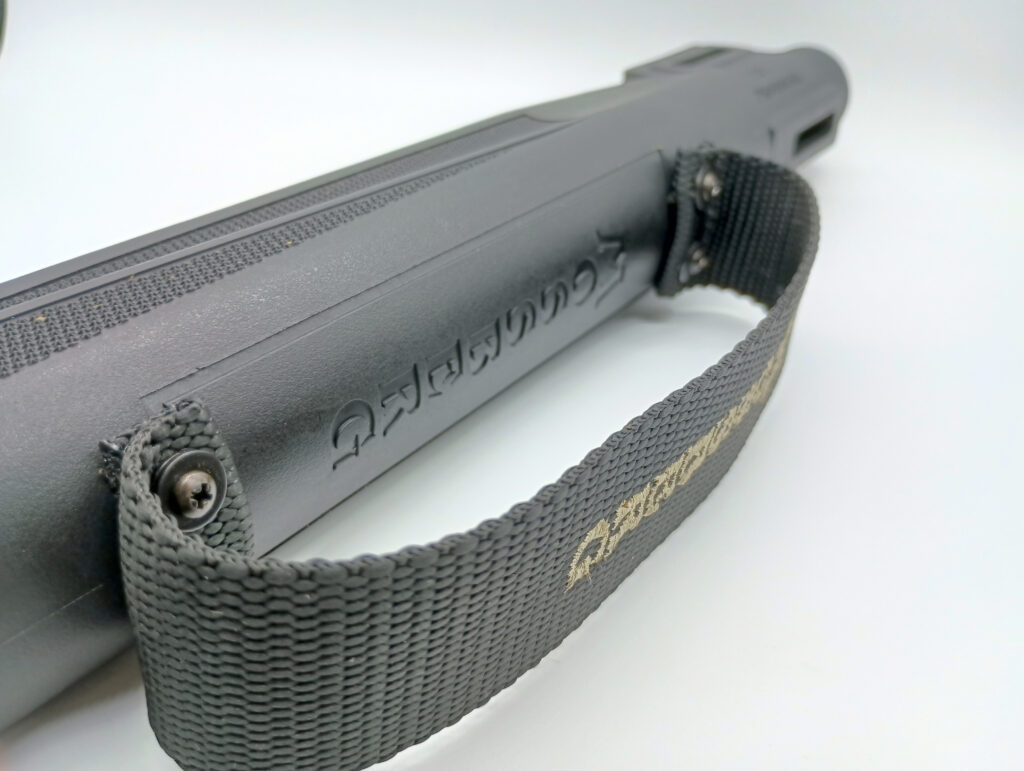

That said, shooting the Aftershock from an aimed position requires some practice. The compact beast requires a push-pull technique: push forward with your support hand while pulling back with your strong hand to maintain control.
I found the technique effective but takes getting used to. I would wager many shooters would find it infeasible or unappealing—it is hard on the wrists. Good news is Mossberg does offer the short stack with a Crimson Trace Lasersaddle, so aimed hip shots are possible with the gun.
My two-cents on the matter, if the Aftershock is your defensive iron of choice it’s well worth the $200 investment to Form 4 the gun and make it into a Short Barrel Shotgun by adding a stock.
Final Thoughts
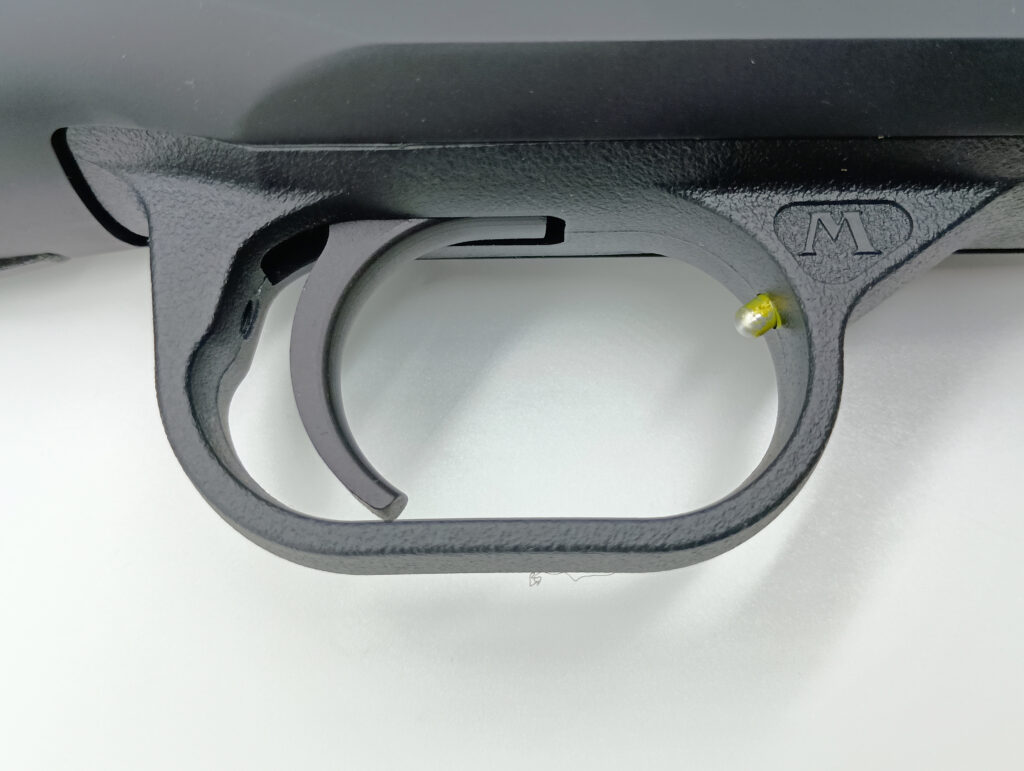

The Mossberg 990 Aftershock is a niche firearm, but that’s part of its appeal. It’s compact, powerful, and fun as hell to shoot.
Is it the best home-defense option out there? That depends.
If you’re willing to put in the time to master it, the Aftershock is a formidable gun. But if you want something more traditional and accurate, Mossberg’s full-sized 940 Tactical might be a better fit.
Either way, the 990 Aftershock is a testament to Mossberg’s innovation, proving that even in an age of ARs and striker-fired handguns, there’s still room for something different. And let’s be honest—sometimes, different is just plain awesome.
Essential Reads on Shotguns



